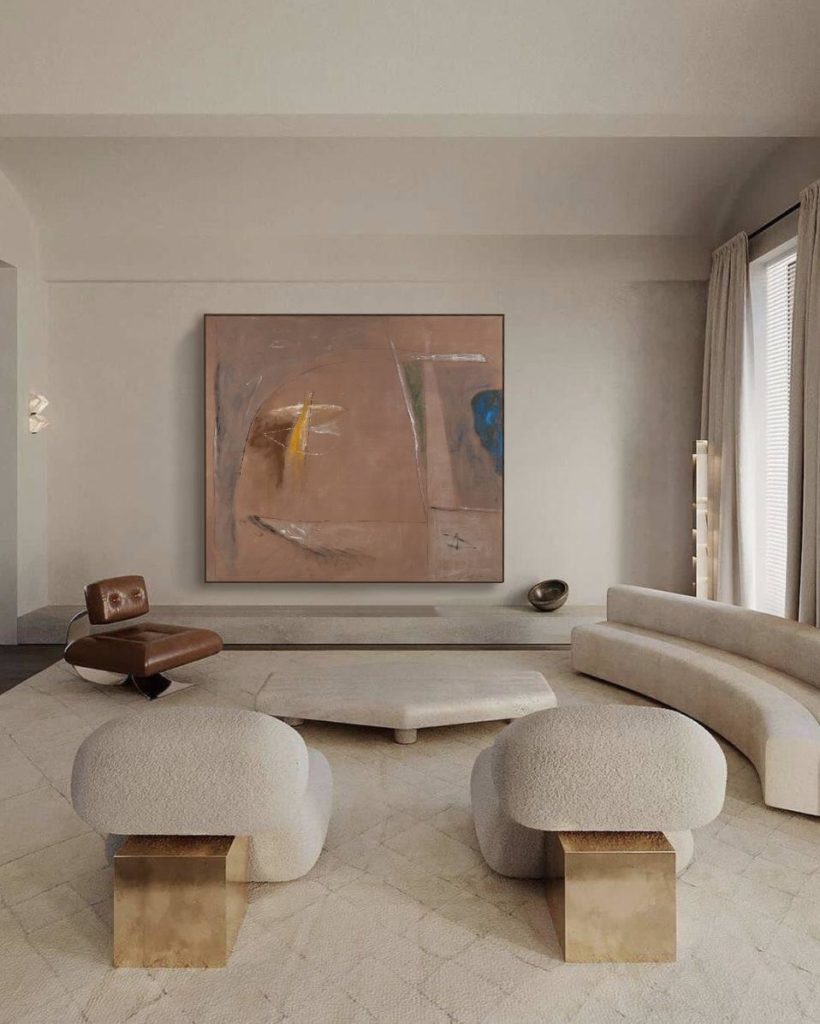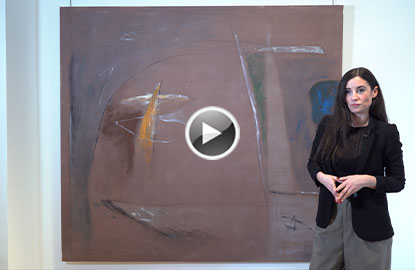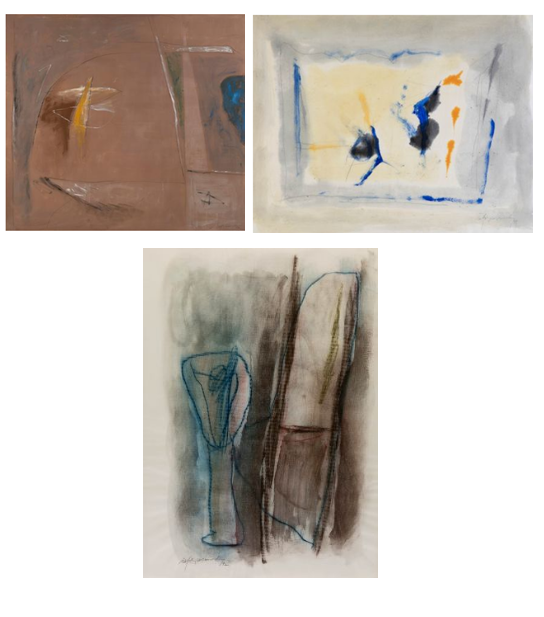The most lyrical version of Ràfols Casamada reaches Setdart.
The spirit of modernity that underlies each of Ràfols Casamada’s works it has managed to prevail over any passing fad, fitting almost organically into any setting. Whether in interiors with a minimalist character or in those with a more classic look, his creations act as skylights in which the harmonious shapes and colors conquer our gaze and the space that surrounds them. An example of this is the monumental canvas that will be auctioned on the 15th in our modern and contemporary art auction. “Crepuscular” made in 1992, belongs to the series of large-format works that Ràfols Casamada, under his particular poetic vision of reality, dedicated to representing the different phases of the day.
Throughout his long career, his style underwent a gradual and solid evolution as a result of deep reflection and assimilation of the various currents that came together in the artistic panorama of the fertile and revolutionary 20th century. His beginnings linked to the figurative tradition and to the influence of the Noucentisme de Torres-García or Joaquín Sunyer span a short period of time in his vast production since he would soon be seduced by the new currents that broke out in France and the United States. The influence of French informalism and North American expressionism, whose principles refer us to the exaltation of pure art, acted as a catalyst for the path that he undertook at the end of the 1950s towards a more schematic and structured conception of reality with a clearly abstractionist bias. . However, and as Ràfols himself stated, his, “is a personal style that is born from others”, transforming it, through deep eclectic and solidly based reflection, into something singular and unique. And it is that in the works of RàfolsCasamada nothing is superfluous or the result of whim. Each stroke, brushstroke and element that makes up the work is methodically planned to give his compositions that calm and stable rhythm, almost hypnotic atmospheres, so characteristic of the artist. In fact, her artistic evolution is a mirror in which her personality is reflected: reflective, slow, without fanfare or sudden startles, everything in her flows in a balanced and harmonious way under a poetic vision of reality in which shapes and colors they unfold on the support as an idea expanding in the mind.
In works like this one we can contemplate in all its splendor the fully mature plastic language with which Ràfols gave birth to a tremendously lyrical and evanescent work. Using only purely pictorial values, Casamadas envelops us fully in the light atmosphere typical of the twilight hour. Starting from the most absolute structural purity and a special chromatic sensitivity, the painter invites us to a serene and relaxed contemplation that transports us to the very essence of nature, where space and time, form and light are combined in harmony. The orthogonal decomposition of the shapes and the reverberant luminosity that emerges from the background, become the protagonists of its structured and geometric compositions, introducing, as in this case, a non-finite register in which it incorporates new values such as glazes, emptiness or fragmentation.
His talent, sensitivity and recognition make him one of the central figures of 20th century Spanish art, as confirmed by his presence in such emblematic institutions as the MOMA in New York or the George Pompidou Center in Paris. Subtle and elegant as few others, with him, the Spanish lyrical abstraction finds one of its great references: a versatile and unique artist who made art the structural axis of his life.
Having achieved the balance between structure and dissolution of forms, his works acquired in the 80s a strong symbolic component that brought him closer and closer to plastic poetry, full of sensations and emotions, possible to observe in signs that veiled allude to to everyday objects. With very few expressive elements and an overwhelming chromatic sensitivity, they seem to become a window into the essence of things. The ethereal and enveloping way in which Ràfols-Casamada portrays his symbolic and dreamlike universe, throws the viewer into that particular image of reality to, finally, complete it with meaning with his personal perception.





